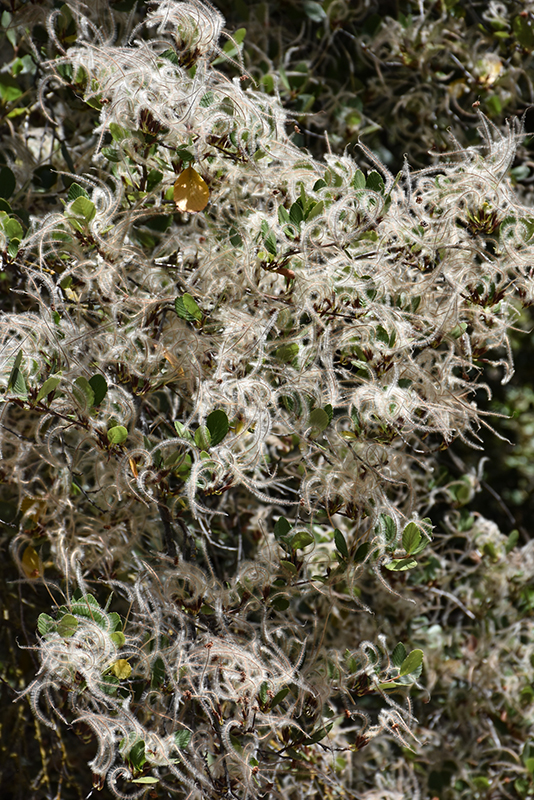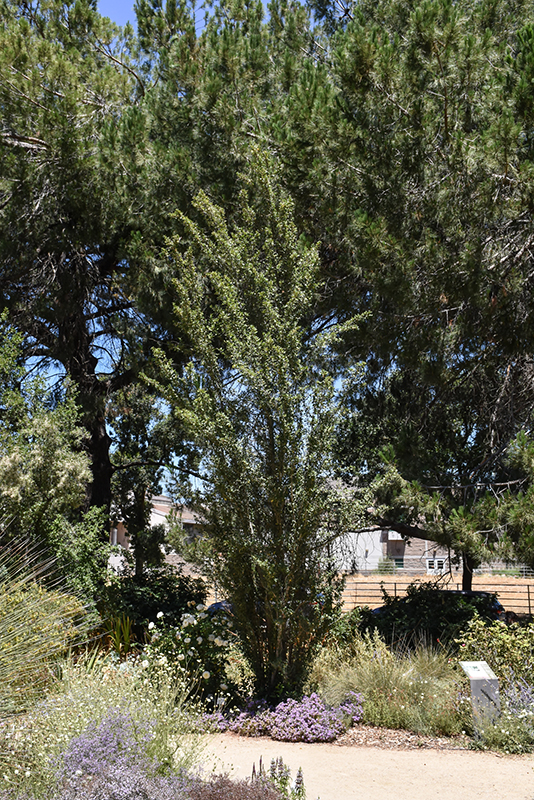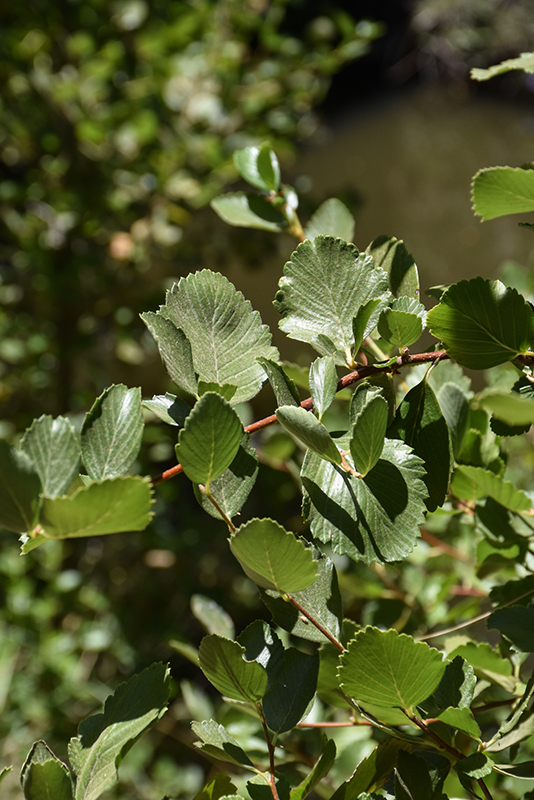Birchleaf Mountain Mahogany Cercocarpus betuloides Height: 20 feet Spread: 20 feet
Sunlight:
Hardiness Zone: 6a Other Names: Western Mountain Mahogany Description: An evergreen shrub or small tree that is great as an accent plant or screen; birch-like dark green leaves with rounded, toothed tips contrast the silvery gray bark; an excellent, attractive choice for summer dry areas Ornamental Features Birchleaf Mountain Mahogany has attractive dark green evergreen foliage on a tree with a round habit of growth. The small serrated oval leaves are highly ornamental and remain dark green throughout the winter. It features subtle clusters of creamy white tubular flowers with buttery yellow overtones at the ends of the branches in mid spring. The creamy white fruits are carried on plumes from early to mid summer. Landscape Attributes Birchleaf Mountain Mahogany is a multi-stemmed evergreen tree with a more or less rounded form. Its average texture blends into the landscape, but can be balanced by one or two finer or coarser trees or shrubs for an effective composition. This is a relatively low maintenance tree, and can be pruned at anytime. It is a good choice for attracting butterflies and hummingbirds to your yard. It has no significant negative characteristics. Birchleaf Mountain Mahogany is recommended for the following landscape applications; Planting & Growing Birchleaf Mountain Mahogany will grow to be about 20 feet tall at maturity, with a spread of 20 feet. It has a low canopy with a typical clearance of 1 foot from the ground, and is suitable for planting under power lines. It grows at a slow rate, and under ideal conditions can be expected to live to a ripe old age of 400 years or more; think of this as a heritage tree for future generations! This tree should only be grown in full sunlight. It is very adaptable to both dry and moist locations, and should do just fine under average home landscape conditions. It is considered to be drought-tolerant, and thus makes an ideal choice for xeriscaping or the moisture-conserving landscape. It is not particular as to soil type or pH, and is able to handle environmental salt. It is somewhat tolerant of urban pollution. This species is native to parts of North America.![]()
![]()
![]()
![]()
![]()
![]()
![]()
![]()
![]()
![]()
![]()
![]()
![]()
top of page
Louie's Nursery Menifee - Plant Finder
Characteristics
Applications
Features & Attributes
This tool is an online resource representing many of the varieties that we carry over the course of the season, and is intended for informational purposes only. Inventory varies seasonally, so we cannot guarantee that every plant will be in stock at all times - please contact the store directly for current availability. It does not include our entire selection of plants, so be sure to visit our store to see varieties that may not be represented on this list.
bottom of page


